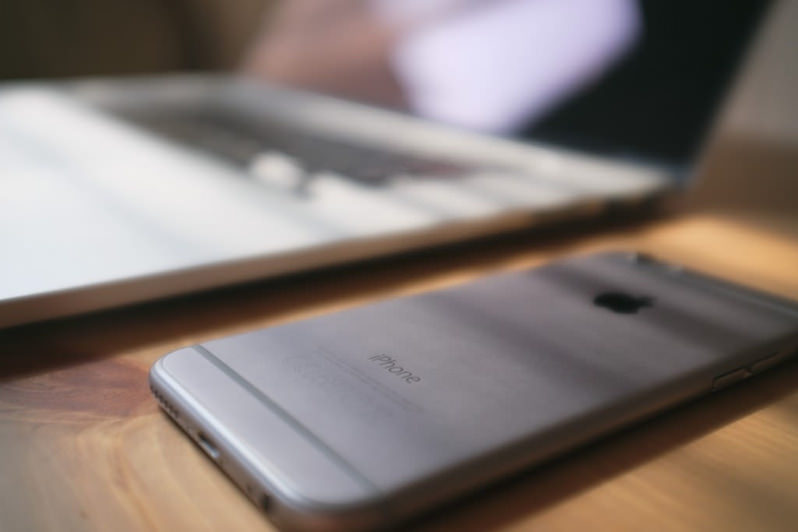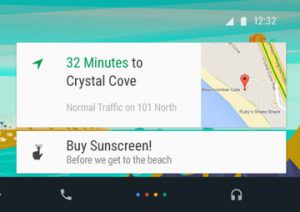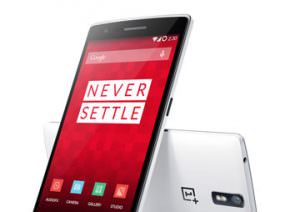WikiLeaks Publishes Thousands of Documents on Alleged CIA Hacking Techniques
The whistleblowing organization says that the “Vault 7” leak details how the CIA uses sophisticated technology to hack into smartphones and computers.
According to WikiLeaks, “[t]he CIA’s global covert hacking program” exploits “a wide range of U.S. and European company products, [including] Apple’s iPhone, Google’s Android and Microsoft’s Windows and even Samsung TVs.” (Flickr / CC 2.0)
WikiLeaks released what it calls “the largest ever publication of confidential documents” on the Central Intelligence Agency on Tuesday, sending shock waves around the intelligence community as experts scrambled to begin analyzing the trove of information.
The leak, which the whistleblowing organization labeled “Vault 7,” comprises 8,761 documents allegedly stemming from “an isolated, high-security network situated inside the CIA’s Center for Cyber Intelligence in Langley, Virgina.”
The Guardian reports:
The documents focus mainly on techniques for hacking, including how the CIA cooperated with British intelligence to engineer a way to compromise smart televisions and turn them into improvised surveillance devices. …
According to the documents:
- CIA hackers targeted smartphones and computers.
- The US consulate in Frankfurt, the biggest in the world, is home to a “sensitive compartmentalised information facility” that used digital specialists from the CIA and other US intelligence agencies.
- A programme called Weeping Angel describes how to attack a Samsung F800 TV set so that it appears to be off but can still be used for monitoring.
Jonathan Liu, a spokesman for the CIA, declined to confirm whether the leaked documents were accurate, even though WikiLeaks has a long track record of publishing authentic material. “We do not comment on the authenticity or content of purported intelligence documents,” Liu said.
Whistleblower Edward Snowden took to Twitter to explain why he believes the Vault 7 leaks are genuine and why they are significant:
Still working through the publication, but what @Wikileaks has here is genuinely a big deal. Looks authentic.
— Edward Snowden (@Snowden) March 7, 2017
What makes this look real?
Program & office names, such as the JQJ (IOC) crypt series, are real. Only a cleared insider could know them.— Edward Snowden (@Snowden) March 7, 2017
Why is this dangerous? Because until closed, any hacker can use the security hole the CIA left open to break into any iPhone in the world. https://t.co/xK0aILAdFI
— Edward Snowden (@Snowden) March 7, 2017
The New York Times adds that a “former intelligence officer” stated that “some of the code names for C.I.A. programs, an organization chart and the description of a C.I.A. hacking base appeared to be genuine” after a brief review of the documents Tuesday.
Snowden and others also addressed fears that the CIA potentially hacked Signal, a private-messaging app often used by journalists to protect whistleblowers while receiving information:
PSA: This incorrectly implies CIA hacked these apps / encryption. But the docs show iOS/Android are what got hacked – a much bigger problem. https://t.co/Bw9AkBpOdt
— Edward Snowden (@Snowden) March 7, 2017
Timeline is full of activists/journalists panicking that Signal was compromised. Not true. Short version: SIGNAL STILL THE SAFEST OPTION.
— Sheera Frenkel (@sheeraf) March 7, 2017
If the CIA et al hack your phone, you’re done. Signal, (and anything else) is not safe. Report doesn’t say Signal, as an app, compromised.
— Sheera Frenkel (@sheeraf) March 7, 2017
WikiLeaks says it redacted names, email addresses and IP addresses throughout the document, and adds that Vault 7 spans from 2013 to 2016.
“Some of the details of the C.I.A. programs might have come from the plot of a spy novel for the cyberage, revealing numerous highly classified — and in some cases, exotic — hacking programs,” The New York Times adds. “One, code-named Weeping Angel, uses Samsung “smart” televisions as covert listening devices…. Another program described in the documents, named Umbrage, is a voluminous library of cyberattack techniques that the C.I.A. has collected from malware produced by other countries, including Russia. According to the WikiLeaks release, the large number of techniques allows the C.I.A. to mask the origin of some of its cyberattacks and confuse forensic investigators.”
WikiLeaks has not named the sources behind Vault 7.
It urges journalists to dig through the documents without fear that the main “story” has already broken. “There are very considerably more stories than there are journalists or academics who are in a position to write them,” the Vault 7 press release concludes.
Read the entire press release here and view the Vault 7 documents here.
—Posted by Emma Niles
As we navigate an uncertain 2025, with a new administration questioning press freedoms, the risks are clear: our ability to report freely is under threat.
Your tax-deductible donation enables us to dig deeper, delivering fearless investigative reporting and analysis that exposes the reality beneath the headlines — without compromise.
Now is the time to take action. Stand with our courageous journalists. Donate today to protect a free press, uphold democracy and uncover the stories that need to be told.





You need to be a supporter to comment.
There are currently no responses to this article.
Be the first to respond.